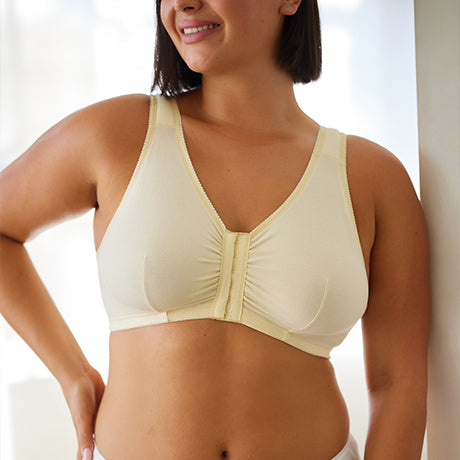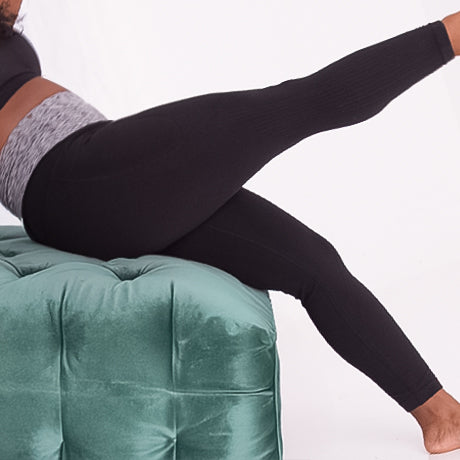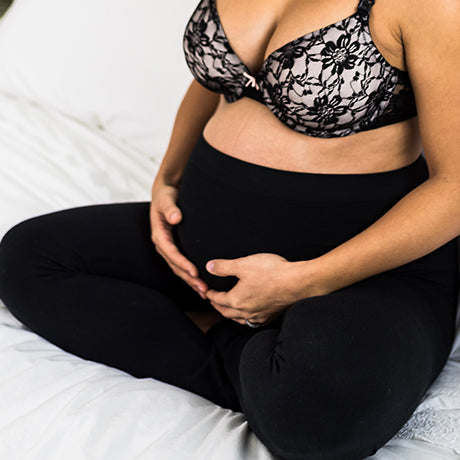Starting Solids: Getting your Baby Interested in Food
After about six months of breast milk, you and your baby may be eager to start solid foods. Then again, some babies are very happy continuing their regular milk diet and have little interest in food. When it’s time to start solid foods, you may need a few strategies for getting your baby interested in food. We’re here to help with some tips for starting solids.
Tip #1: Start Solids between 4 and 6 Months
This age range is when most babies show signs of readiness for starting solids. Before then your baby’s digestive system cannot handle anything but milk. If you wait much longer than six months, your baby may have a harder time adopting a new diet and won’t be getting the nutrients he needs as he becomes more active and his brain development continues.
Chances are your baby has seen you eat a time or two. As you are eating, talk about how yummy your food is and how you bite, chew and shallow. Show your baby the color of your food and the process of eating. When you put your baby in his high chair for his first meal, continue the conversation and explain that it is his turn to try food.
Tip #3: Don’t Start Solids on an Empty Stomach
If your baby is starving when you sit him down for his early solid meals he is more likely to reject the food. Instead, nurse him for a bit and then give him a snack of solid food. Afterwards nurse him again.
Tip #4: Breast Milk makes it Familiar
You can mix breast milk into any pureed food. The taste of your breast milk may make solid foods more palatable for your baby at the beginning since he knows and likes the taste. You can slowly wean your baby from breast milk in solid foods as he becomes more accustomed to new flavors.
Tip #5: Not Working? Try Again Later
You may have thought your baby was ready at 4 months but perhaps he is not. If starting solids doesn’t work at first, try again the next day or even the next week. The same goes for certain foods. Just because your baby didn’t like green beans today doesn’t mean he won’t like them next month.
Tip #6: Keep Breastfeeding
Starting solids is experimental more than nutritional at first. You’ll probably find more food on the floor and in your baby’s adorable crevices than he actually swallowed. That’s OK! “Playing” with food is part of the learning process. Keep breastfeeding to meet the bulk of the nutritional needs of your baby during the transition. The American Academy of Pediatrics recommends breastfeeding for at least one year.
Tip #7: Follow the Wait Rule
To determine whether or not your baby has an adverse reaction to certain foods, wait two to three days between introducing new foods.
Tip #8: Start with (almost) Anything
It used to be that pediatricians recommended starting solids with only rice cereal. Nowadays you can start anywhere, including with meats, legumes and fruit. You can test a variety of foods in any order to diversify your baby’s nutrient intake and palate. Don’t be afraid to add natural spices or flavoring too.
Tip #9: Introduce Healthy Eating Habits Now
Healthy eating habits at the get-go set your child up for a lifetime. Let your baby determine how much food to eat and the pace at which he eats it. Never force your baby to eat. Also, have a meal-time ritual at least once a day where you sit with your child and eat together. Stick to healthy food choices for your baby. Soon enough temptations will kick in but now is the time you have complete control over your baby’s healthy diet.
The post Starting Solids: Getting your Baby Interested in Food appeared first on Leading Lady.





